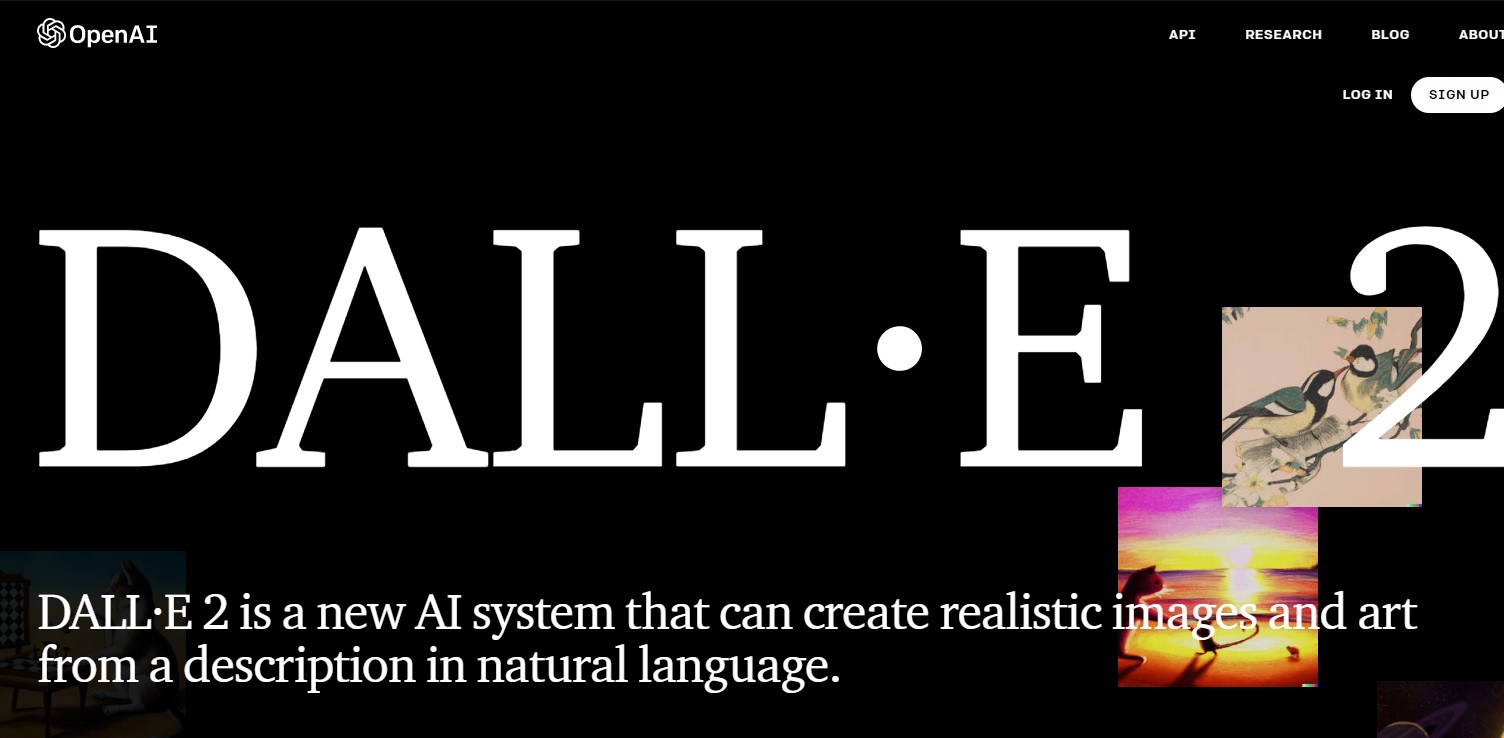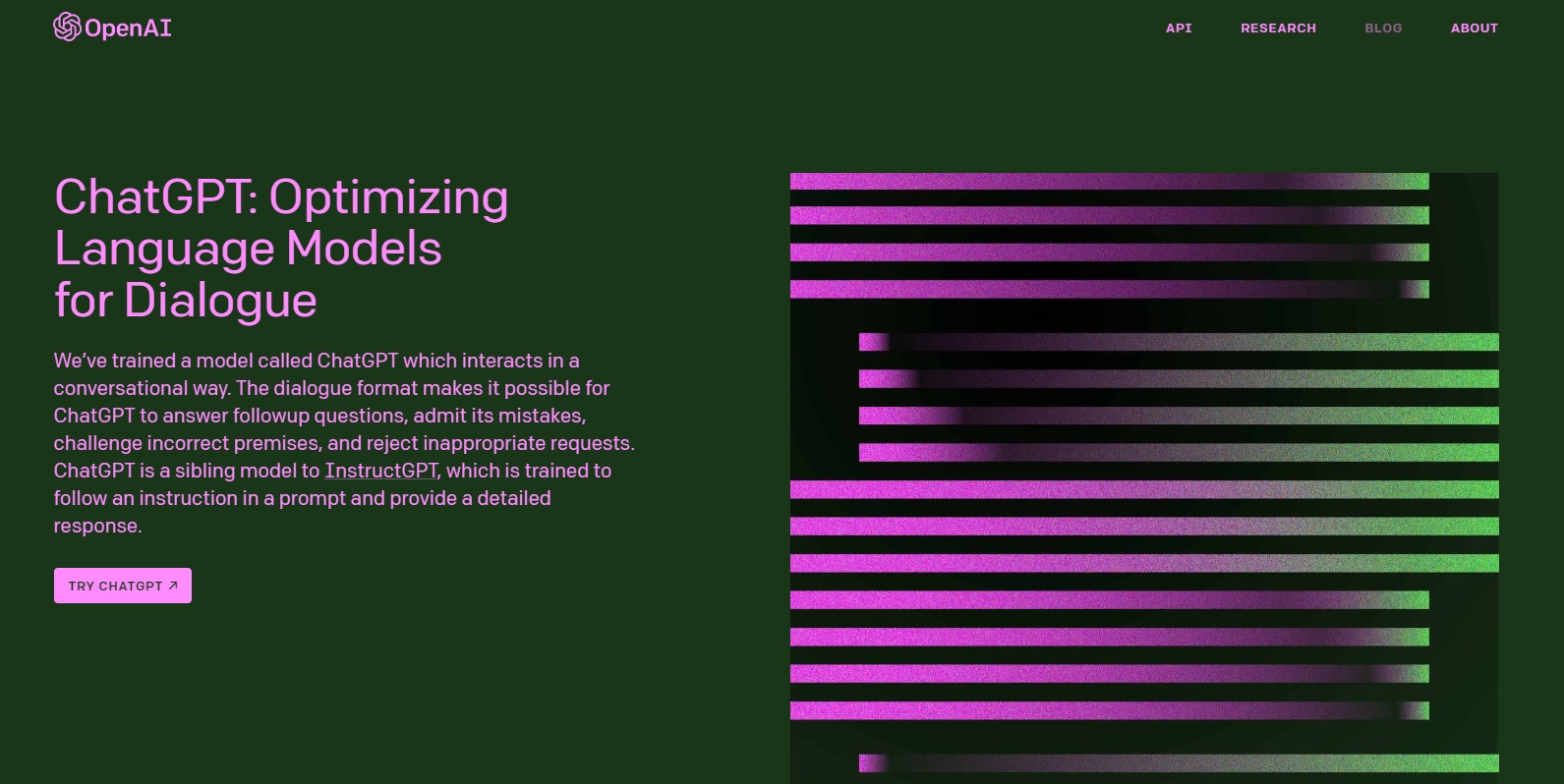As companies gather more data, they need powerful tools to make sense of it all. Azure Machine Learning and Azure Databricks are two popular cloud-based options for managing and analyzing large data sets. But which one is right for your business? In this article, we'll compare Azure Machine Learning and Azure Databricks and help you decide which one is the best fit for your organization.
Introduction
Cloud computing has become an essential part of modern data science and machine learning. With the rise of big data and the need for scalable and efficient processing, cloud computing platforms have gained popularity among data scientists and businesses. Microsoft Azure is one of the leading cloud platforms, offering a range of services for data analytics, machine learning, and big data processing. In this article, we will compare two of the most popular Azure services for machine learning and data processing - Azure Machine Learning and Azure Databricks.
Azure Machine Learning
Azure Machine Learning (AML) is a cloud-based service that provides a comprehensive platform for building, training, and deploying machine learning models. AML offers a range of features for data preparation, model training, and model deployment, making it an ideal choice for data scientists and machine learning engineers.
One of the key advantages of AML is its ease of use. The platform provides a drag-and-drop interface for creating machine learning pipelines, making it easy to build complex workflows without requiring extensive coding skills. AML also supports a range of programming languages, including Python, R, and SQL, allowing data scientists to use their preferred language and tools.
Another advantage of AML is its integration with other Azure services, such as Azure Data Factory and Azure Data Lake Storage. This integration allows data scientists to easily access and process large datasets, making it easier to build and train machine learning models on big data.
In terms of cost, AML offers a range of pricing options, including a free tier for small projects and pay-as-you-go options for larger projects. The pricing is based on the number of experiments, training hours, and deployment hours, with discounts available for prepaid commitments.
Azure Databricks
Azure Databricks is a cloud-based data processing and analytics platform that provides a unified environment for big data processing, machine learning, and analytics. Databricks is built on Apache Spark, a popular open-source big data processing framework, and provides a range of features for data preparation, data analysis, and machine learning.
One of the key advantages of Databricks is its scalability. The platform provides a range of cluster configurations, from small single-node clusters to large multi-node clusters, making it easy to scale up or down depending on the size of the data and the complexity of the processing tasks.
Another advantage of Databricks is its performance. The platform uses Apache Spark, which is known for its fast processing speeds and ability to handle large datasets. This makes it an ideal choice for big data processing and machine learning tasks that require high-performance computing.
In terms of cost, Databricks offers a range of pricing options, including a free trial for new users and pay-as-you-go options for larger projects. The pricing is based on the size and configuration of the clusters, with discounts available for prepaid commitments.
Comparison
When it comes to choosing between AML and Databricks, there are several factors to consider, including the type of data, the processing requirements, and the skill set of the users. Here are some key points of comparison:
Data Preparation: AML offers a range of features for data preparation, including data cleansing, transformation, and feature engineering. Databricks also offers similar features, but with a stronger focus on big data processing and ETL (Extract, Transform, Load) workflows.
Model Training: Both AML and Databricks provide a range of features for model training, including support for popular machine learning libraries like scikit-learn, TensorFlow, and PyTorch.
Security: Azure Databricks and Azure ML both have advanced security features that can help protect data, prevent unauthorized access, and comply with regulatory requirements. Azure Databricks is built on the Azure platform and integrates with Azure Active Directory for user authentication, and also provides role-based access control (RBAC) and network isolation for enhanced security. Similarly, Azure ML also integrates with Azure Active Directory and uses RBAC and Azure Key Vault for secure data access and management. However, there is a slight advantage of Azure ML in terms of security, as it provides additional security features such as Private Link, which enables private communication between resources in the same virtual network, and Virtual Network Service Endpoints, which provides secure access to Azure services over a private endpoint in a virtual network. These features are not available in Azure Databricks.
Cost: When it comes to cost, both Azure ML and Azure Databricks offer a range of pricing options to choose from. Azure ML has a pay-as-you-go option where you only pay for what you use, while also offering a range of pre-defined pricing tiers for various usage scenarios. Azure Databricks, on the other hand, has a similar pricing model but with a different twist. It offers a combination of pay-as-you-go and pre-purchased credits for a certain amount of usage time.
One important factor to consider when comparing Azure ML and Azure Databricks is the cluster setup. In Azure ML, the setup process is quite simple and straightforward. You can choose the type of virtual machine you want to use for training and testing your models and select the number of nodes you need for the cluster. Azure Databricks, on the other hand, offers a bit more complexity in terms of cluster setup. It has a more sophisticated cluster configuration process that requires more technical knowledge to set up, but also offers more flexibility in terms of customizability and scalability.
Another factor to consider when choosing between Azure ML and Azure Databricks is the type of data you will be working with. Azure Databricks is well-suited for large-scale data processing and analytics tasks, especially those involving big data technologies such as Apache Spark. It offers a range of data processing and analysis tools, including machine learning libraries, that are optimized for large-scale data processing. Azure ML, on the other hand, is more focused on machine learning and AI tasks. It has a range of tools and frameworks that are optimized for building and training machine learning models, but it may not be as well-suited for large-scale data processing tasks.
In terms of use cases, Azure ML is an excellent choice for organizations that are looking to build and train machine learning models. Its built-in machine learning capabilities, coupled with its ease of use and flexible pricing options, make it an ideal choice for businesses of all sizes. Azure Databricks, on the other hand, is well-suited for organizations that need to process and analyze large volumes of data. Its scalable and customizable cluster configurations, combined with its powerful data processing and analysis tools, make it an excellent choice for big data analytics and processing tasks.
Conclusion
In conclusion, both Azure ML and Azure Databricks offer powerful tools and capabilities for cloud-based machine learning and data processing tasks. Choosing the right platform for your organization will depend on your specific use case and requirements. If you are looking for a platform that is easy to use and optimized for machine learning tasks, Azure ML may be the best choice. On the other hand, if you need to process and analyze large volumes of data using big data technologies, Azure Databricks may be the better option. In any case, both platforms offer flexible pricing options and excellent performance, making them both great choices for cloud-based machine learning and data processing tasks.
References









